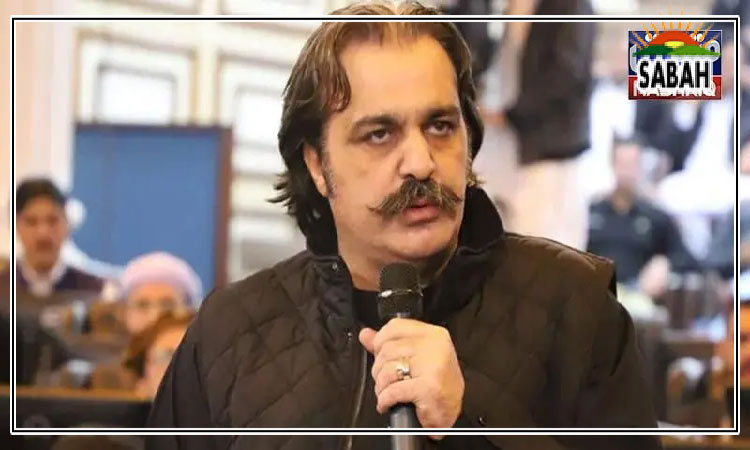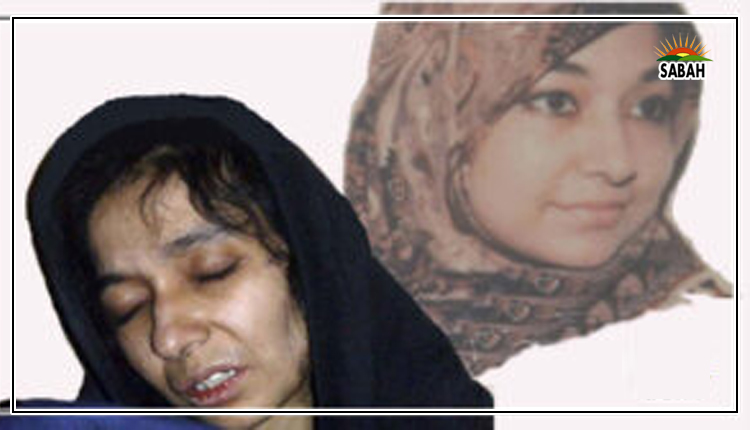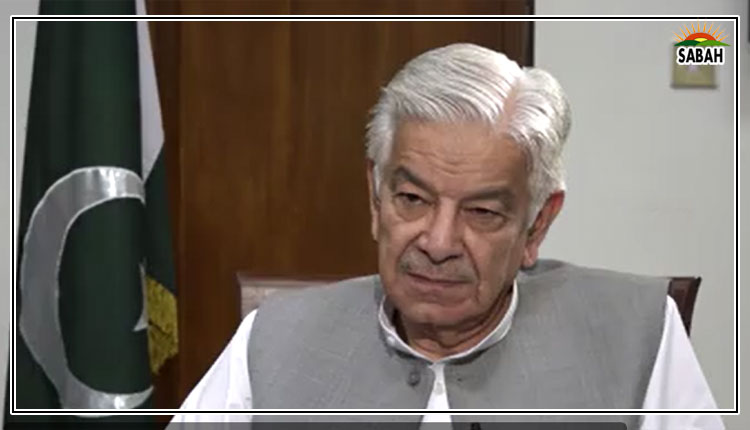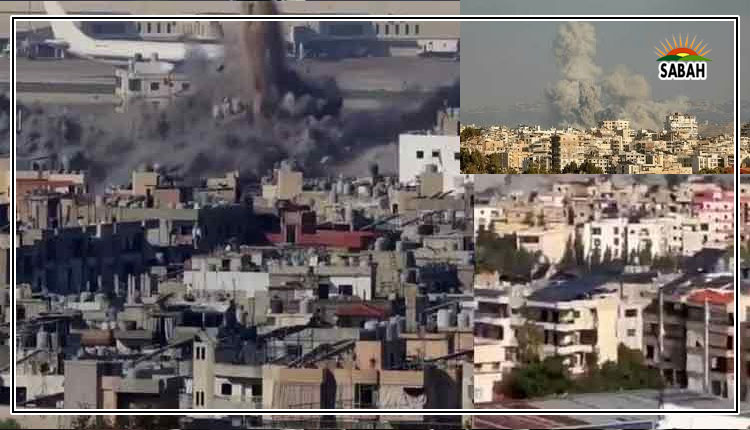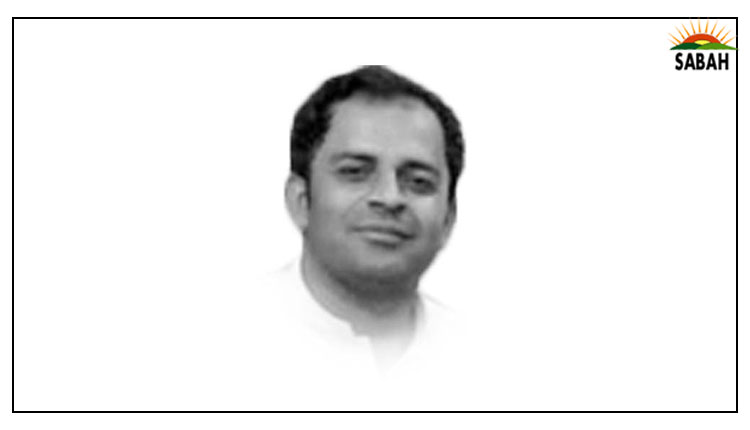Sinners’ dilemma… Ali Hassan Bangwar
Imagine a scenario in which nine individuals, or more appropriately, nine characters, rise to prominence in a village after making promises to ensure the wellbeing of its residents. However, in utter defiance of their commitments, they gradually begin to collude with each other to indulge in misdeeds, encroaching on and pilfering the villages resources. These acts of defecting the residents trust afford them integrated, invaluable stakes in a manner that giving up the long-pursued acts by any of them would not only endanger everyones stakes but also introduce the turncoats recorded past, along with the danger of accountability from their fellows or, perhaps, from the victims. This is perhaps because the act of desertion by any member among the nine would expose the betrayed (and all their fellow plunderers) to the risk of accountability for the misdeeds, or otherwise, privacy recorded by their fellows. Therefore, like thieves who distrust one another, each character keeps a record of the others crimes to prevent future betrayals.
In this scenario, what suits the nine individuals both individually and collectively is to sustain their clandestine theft and aggression against the public. To this end, different discourses, framed around inciting sentiments, including religious and misinformed insecurities, keep their plunder unchallenged in public. If, for instance, internal resistance or public anguish become severe, the architects and characters of the dilemma apparently sacrifice one of their own as a face-saving measure. However, the dismissed individual continues to remain a part of, protected, and paid by their fellows, maintaining their theft and aggression.
In the context of political philosophy, this author designates this, an enduring imagined reality that has plagued societies for thousands of years, with variations in the number of participants, the Sinners Dilemma.
The Sinners Dilemma suggests a potentially endless cycle of criminal activities driven by the threat of accountability for past wrongdoing. In other words, an organisation, institution, or authoritative figure with a proven history of illegalities is less likely to choose the legitimate path. This is for two reasons: relinquishing ill-gotten stakes and privileges would expose them to the plight the public has been struggling with for decades. Secondly, and perhaps more importantly, deviating from the long-established pattern of direct and systematic transgression endangers the interests of fellow institutions and individuals complicit in these practices. Consequently, any virtuous act by a habitual transgressor risk exposing their own concealed misdeeds and the subsequent risk of accountability by the accomplices.
How does the dilemma, despite its well-known nature, evolve and survive resistance from both internal and external forces? What ultimate fate awaits it? Historical burdens, memories of horrifying invasions, and the public suffering of past political regimes leave people weary and desperate for hope. This hopelessness is either newly created or cultivated by the remnants of, or opponents to, the previous political order. Often, those who build upon the wreckage of the past deliberately ignore the lessons learned from public fear and the tragic downfall of previous stakeholders, succumbing to a lust for power and personal gain instead. Who leads and sponsors the dilemma? This is determined by the nature of the insecurities prevalent among the public. For instance, external threats to public life and religious insecurities make the security apparatus and the clergy the leading players, respectively.
However, the survival of this system requires incorporating more potential thieves or those with similar inclinations. The rare ones who decline support for the dilemma are either allured by lucrative benefits or, in extreme cases, exterminated from the landscape. Amidst all this, though a few herculean characters resist the naked aggression against the public to the best of their capacity, the resistance also delays, if not postpones, the horrifying fate of the aggressors. What fate do the characters in the dilemma meet? A revolution, or, in a very few instances, towards stability. The latter, though a rare happening, emanates from a last-minute surrender of the architects of the dilemma to the public good.
Pakistan has been no exception to this dilemma. After a long and exhaustive journey spanning a quarter century, the Sinners Dilemma outlived its life and finally reached its zenith. Historical imperatives, particularly those related to territorial insecurity, afforded the military impunity and unquestionable stakes. This unchecked stake gradually multiplied, its tentacles spreading to all institutions and stakeholders, bringing its kleptocratic practices to every nook and cranny of the social fabric. The architects and characters in our case in descending order of their roles in the dilemma include the establishment, political dynasties, most of the judiciary, clergy, media, corporate elite, feudal warlords and pirs, criminal cartels and bandits, and the sycophants among the public associated with any or all of them.
Now that all the characters have almost lost the long-held, ill-earned public trust and support, the country stands on the verge of collapse and potential catastrophe. Only a retreat by the architects and a cessation of aggression against the opposition and the public, along with a surrender of the stolen public mandate on February 8th of this year, lies on the pacific road. Nevertheless, the recurrence of the dilemma can hardly be ruled out unless all the characters of the ongoing dilemma are transparently held accountable.
Courtesy The Express Tribune


